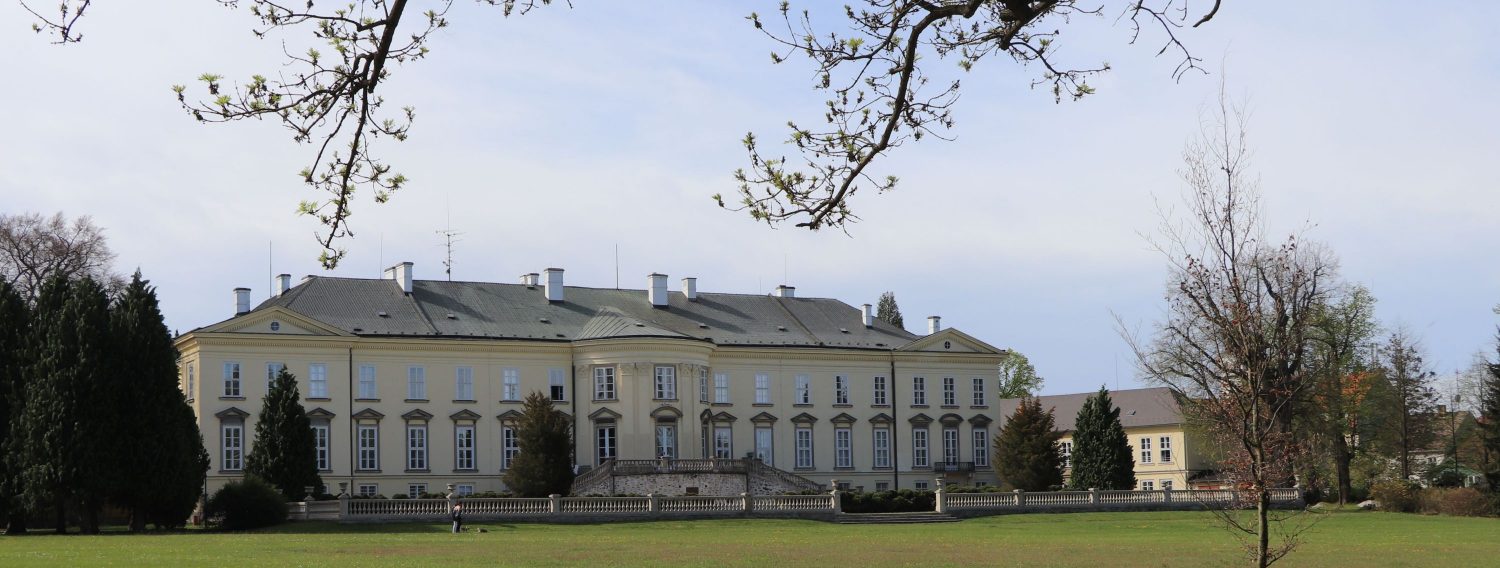Nove Hrady
 The town on the border of the Novohradské Mountains and the Třeboň Basin was an important border fortress in the Middle Ages. From historical texts there is information about a Slavic fortified settlement, and in the 13th century, a high-medieval castle belonging to the Vítkovec family was built here. After 1620, Nové Hrady became the residential city of the Buquoys, who lived there until 1945. Nové Hrady experienced a significant population increase in the 19th century. After World War II, the German population was expelled, which included most of the inhabitants of Nové Hrady. The Cold War and the emergence of the Iron Curtain influenced the further development of Nové Hrady – many dwellings and villages in the area were abandoned and have since disappeared. After the Velvet Revolution, the situation improved, and many monuments were repaired. Nové Hrady became a popular destination for tourists.
The town on the border of the Novohradské Mountains and the Třeboň Basin was an important border fortress in the Middle Ages. From historical texts there is information about a Slavic fortified settlement, and in the 13th century, a high-medieval castle belonging to the Vítkovec family was built here. After 1620, Nové Hrady became the residential city of the Buquoys, who lived there until 1945. Nové Hrady experienced a significant population increase in the 19th century. After World War II, the German population was expelled, which included most of the inhabitants of Nové Hrady. The Cold War and the emergence of the Iron Curtain influenced the further development of Nové Hrady – many dwellings and villages in the area were abandoned and have since disappeared. After the Velvet Revolution, the situation improved, and many monuments were repaired. Nové Hrady became a popular destination for tourists.
You will find a number of repaired monuments such as: the Old Castle, a 13th-century Gothic castle with a deep moat; the former Buquoy Residence (today’s Wellness Hotel Residence), built by Countess Maria Magdalena Buquoy in 1634 – 1635; late Gothic Church of Sts. Peter and Paul from the 16th century; and the Baroque monastery built by Ferdinand Buquoy. The foundation stone of this monestary was laid in 1678 and the first servites came in 1681. After World War II, 12 monks were displaced and the monastery became the seat of the border guards. The restoration of the monastery, after 1989, is due to one of the most important servites in Nové Hrady, Father Bonfilius – with his death in 2005, there were no remaining servites living in the Czech Republic. There is also the Neo-Gothic Buquoy Tomb, which commemorates the Schwarzenberg tomb in Třeboň. On the ground floor of the tomb there is a stone relief with the Buquoy coat of arms and the family motto DIEU ET MON ROI (God and my King), which is also located above the stone staircase in the southern front of the castle. This area is also popular for cycling and hiking.
